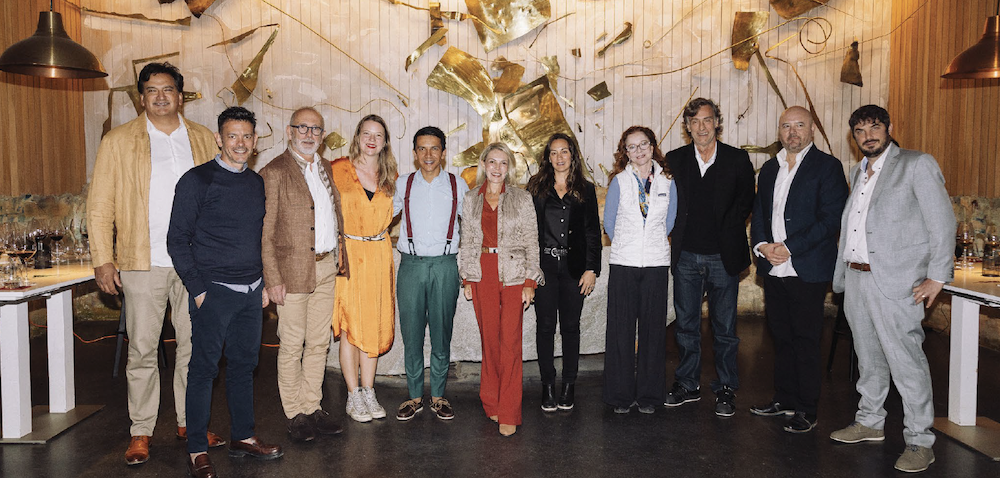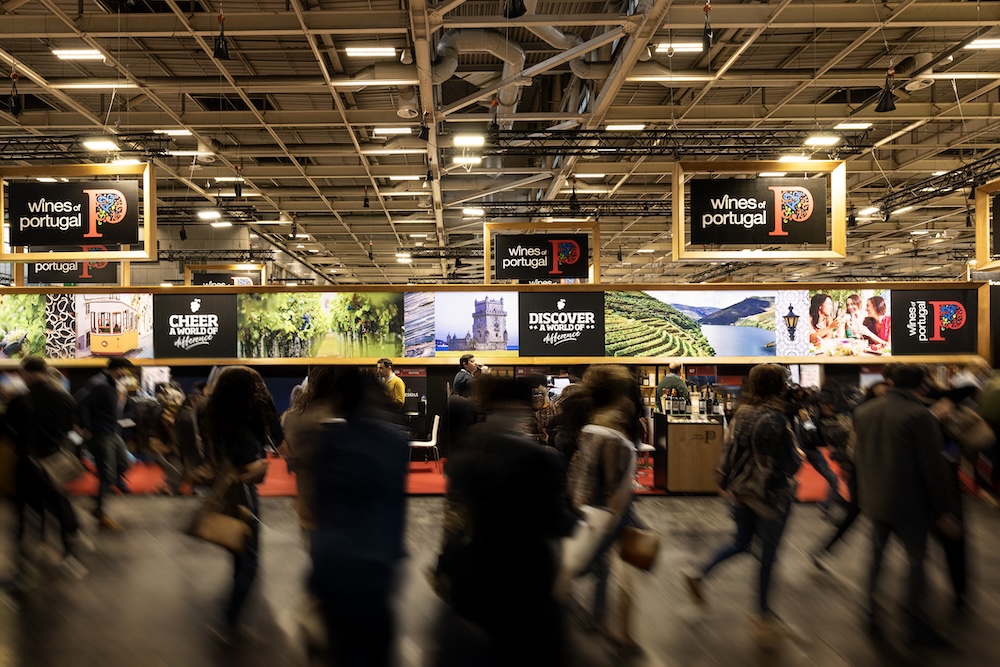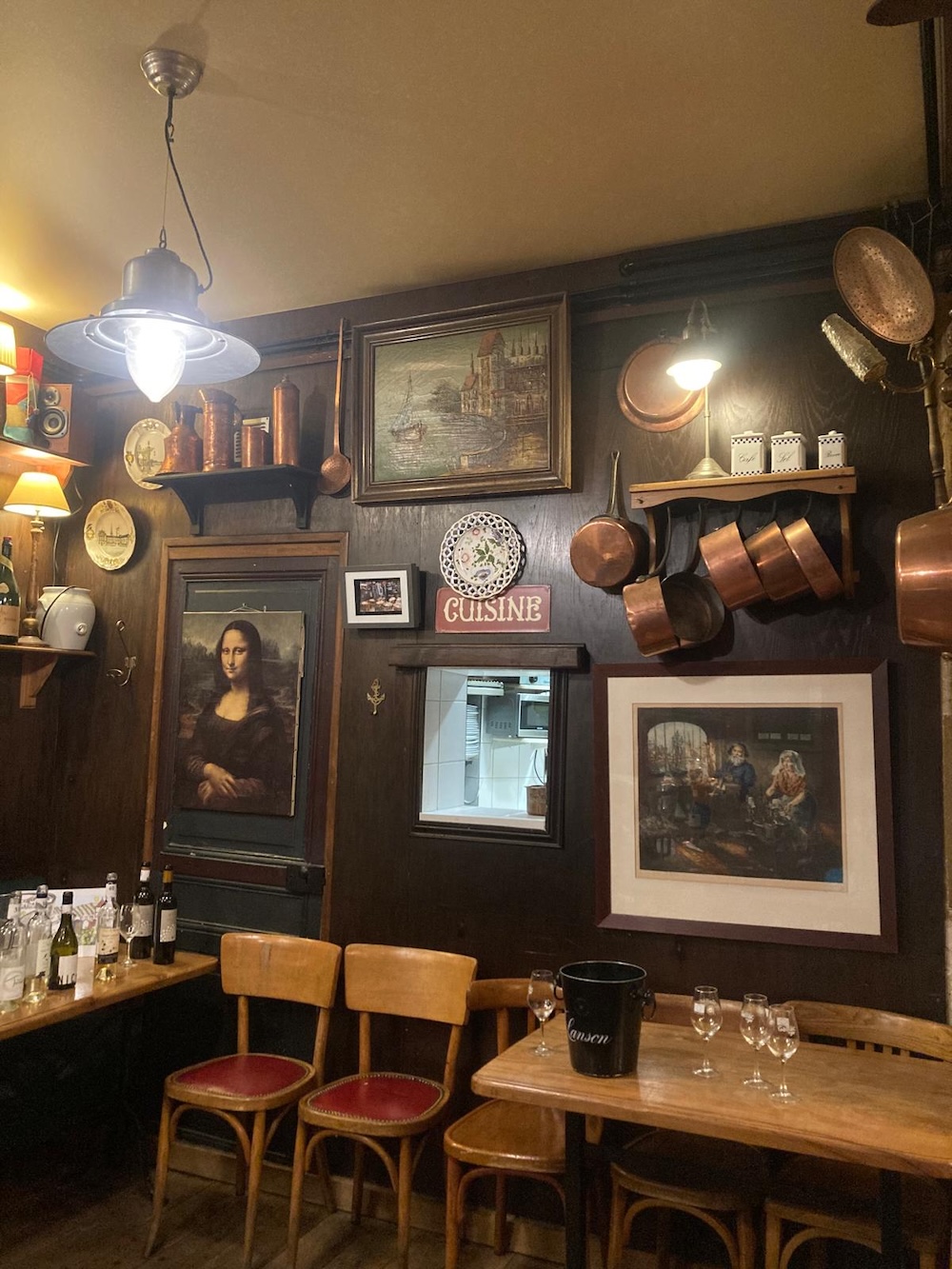
Discovery

Discovery
By Julia Scavo – Photographs: courtesy of the estates, posted on 22 May 2023
When you think about the Republic of Moldova, the image that immediately springs to mind is a country at the intersection between the new wine world and the old, between West and East. There is something Romanian about it, and yet it also has very local traits, all of which are woven into a blend of traditions gradually moving into the modern world.

The Republic of Moldova boasts a very dynamic wine industry, broadening still further the gap between perception and reality. Whereas in many countries, wine flirts or even overtly indulges in luxury, here most of the population makes a living out of it. The wine industry has developed to an extraordinary degree, with a sales machine and promotional arm via the ONVV that are quite simply incredible. The country’s wineries compare very favourably with their counterparts in Western Europe and elsewhere. From cellars at the cutting edge of technology to sleek, modern packaging, excellent wine tourism facilities and increasing visibility in export markets, there are plenty of reasons to be taken aback as you cross the final frontier between democracy and autocracy, and between capitalism and a nostalgia for communism. Wine has often been the topic of political and economic disputes in this tiny country which has changed sovereignty several times in the past 200 years.
Sandwiched between Romania and Ukraine, the Republic of Moldova boasts 140,000 hectares under vine in the south-eastern part of the country. The vineyards extend between latitudes 46 and 47°, on hilly terrain punctuated by plateaux and numerous rivers. The largest of them – the Prut and the Dniester – also form the boundaries with the two neighbouring countries of Romania and Ukraine. The country also has access to the Black Sea, lending a temperate maritime influence to the vineyards. Generally speaking, the climate is temperate continental with felicitous influences rising off the coast. Moldova’s vineyards are divided into 4 regions, 3 of which have Protected Geographical Indications:
PGI Codru (60,000 ha) produces mostly white wines. It is also known for its traditional method sparkling wines made primarily from Chardonnay and Pinot Noir. This is where the legendary Cricova and Mieleştii Mici cellars are located.
PGI Ştefan Vodă: (10,000 ha) in the South-East of Bessarabia, at lower elevations than neighbouring Codru. Its signature grape variety is Rara Neagră. This is the location for the renowned growth ‘Purcari’ and the namesake company, not far from the sea.
PGI Valul lui Traian: (43,000 ha) this region, with its hot climate and maritime influence is earmarked for red grape varieties – 65% of production – though it also produces noble-rot wines. Its name refers to the two walls built under the Emperor Trajan.
The Moldovan wine scene shows unwavering vitality, particularly so since the last Russian embargo in 2013. Built, like many of its counterparts, on the ashes of the wine dinosaurs of an erstwhile era, the Dénovie group now produces and distributes wines and drinks in prime markets. Its reach extends across all of Central Europe, from Germany to Ukraine, and from the Baltic states to Kazakhstan, China, Japan and even across the pond.
The Dénovie group owns approximately 350 hectares which it farms with state-of-the-art facilities yet also sees itself as the custodian of its history and origins (1822). Germans from the Bergdorf colony planted the first vines and built the romantic castle that looks like something from a tale by the Brothers Grimm, in southern Bessarabia. On these gentle rolling hills, basking in sunshine and cooled by the breezes rising off the river Prut, vines put down their roots in the chernozem soils offering good drainage.
Denis Kirmici, the group’s CEO and third-generation representative, recalls the obstinacy and passion of his grandfather followed by his father. They devoted their lives tirelessly to developing Moldovan wines. “Nowadays, I am proud to carry the dynasty’s banner”, he says. At the helm of a large area under vine, he in fact manages three different blocks – Cneazevca, Toma and Sărata Nouă. The average age of the vines is thirty years old, but the oldest date back to 1947.
The ‘Premium Wine’ collection offers more varietal expression. ‘Grand Vintage’ wines are always single varietals, whereas the ‘Grand Vintage Cuvée’ favours blends, matured for 36 months in casks and two years in the bottle. For the ‘Cuvées’, the grapes come from the small Iargara area in the PGI Valul lui Traian. The company also produces de-alcoholised wines and fermented drinks from a range of fruits.


This was my most impressive find in the Republic of Moldova. The building is incredible and you feel minute as you approach the castle. However, the welcome is so warm that as you visit the building, taste the wines and savour the food, you feel at home.
The achievement of the last governor of Bessarabia – Constantin Mimi – it was built in 1893 then transformed into Agrovin Bulboaca under Soviet rule, becoming the largest wine combine in the USSR. The father of Cristina Forlov, the present-day CEO, bought the castle in 1998 and undertook restoration work between 2011 and 2017. His aim was to restore it to the glory bestowed upon it by Governor Mimi from Montpellier, where he studied at the end of the 19th century.
The huge tanks dating back to the 1960s, which birthed millions of bottles every month bound for the USSR, were removed. Castel Mimi is still one of the country’s large-scale producers but it has more of a quality focus.
‘AnimAliens’ is the company’s introductory collection, replete with youthful, approachable wines sporting vibrantly colourful labels. The ‘Viorica de Bulboaca’ offers tropical varietal purity and rose perfumes. These are fresh, zesty wines recalling Argentina’s Torrontes grape, though in more of a soft, dry rendition. The ‘Fudul’ Chardonnay impresses with its fleshy softness supported by generosity and the structure of the wood. The rosés, including a focused, invigorating example made from the Rara Neagră variety, are complemented by sensual, velvety reds. Noteworthy labels include ‘Frati’, a gorgeous blend of Merlot and Malbec which is elegant, textured and tinged with spice, and the high-end ‘Guvernor’s Blend’, which displays an almost Tuscan seriousness about it, in a savoury, structured style.

A family story with a feminine sensitivity epitomised by a like-minded mother and daughter is the best way to describe the spirit at Făutor Winery. Positioned on the boundary between the leading Moldovan industrialists and the medium-sized companies, Făutor focuses on a kind of artisanal style of winegrowing from its 350-hectare vineyard, encapsulating the Romanian term ‘făutor’, meaning creator.
Since it was purchased by Tatiana Croitoru in 1997, Făutor has continued to forge ahead. A programme of investments launched in 2003 culminated in a winery in the starting blocks by 2010. It is now the most awarded winery in the country and the avowed ambition of Ruxandra Lipcan, Tatiana’s daughter who heads up the sales and marketing department, is to raise the bar even higher.
To achieve this, they can leverage the potential of their terroir – their vines are rooted in the famous Dealu Tigheci, a high-altitude micro region in the Valul lui Traian PGI, one of the highest in the country at 310m above sea level. The winery, with its state-of-the-art equipment, produces both vibrant whites and ripe, sun-kissed reds with a clear cool influence. Trips abroad have provided a rich source of inspiration at the winery.
One such influence is Albariño, which lends its notes of orange blossom and drive to the ‘Blanca’ blend, whilst Tempranillo reveals its fleshy sensuality in the ‘Barbaro’ label. Sauvignon blanc takes its cue from the American trend for toasted Fumé Blanc – it is creamy with a soft dry character – whilst the Romanian grape variety Fetească Regală makes an impression with its semi-aromatic typicity structured by a faint zesty, phenolic chewy feel. The ‘Orange’ wine is elegant with its crystalline Riesling grapes steering it away from any rustic characters, and the Bordeaux-style blend ‘Illustro’ establishes a measure of austerity and ageability.


Before setting foot in the Republic of Moldova, my strongest image was of the historic cellars of Cricova. I was sure that sparkling wine was the country’s flagship product.
Once in the country, I discovered that these iconic cellars were built in 1952 and were initially designed to mature still wines. The 120-kilometre labyrinth located 15 km from the capital city Chișinău is built in the galleries of a limestone quarry dating back to the 15th century. It was only in 1980 that Cricova began to pioneer traditional method Moldovan sparkling wines. The present-day range, which accounts for 60% of production, is complemented by Charmat-method wines, including the easy-drinking, enjoyable ‘Crisecco’ label.
The 600 ha of vineyards are located in the Codru PGI, a white wine production area planted to the Champagne grape varieties Chardonnay, Pinot Noir and Pinot Meunier. The Fetească Alba variety for the traditional method and Charmat sparkling wines also thrives here, with Muscat Ottonel also well-suited to the latter technique. Cricova is also turning its attention to the new wave of Moldovan grape varieties such as Viorica, for its Oraşul Subteran range, with its intense, grape-like, musky scents, midway between soft freshness and lovely sourness.
The company also has red vineyards planted to Fetească Neagră, Cabernet-Sauvignon and Merlot. The ‘Codru Prestige’ range encapsulates them with collectible reds. ‘Vin Virgin’ makes a real impression with its rich, spicy aromatics stemming from its plush ageing.
Returning to the impressive galleries, listed as Unesco World Heritage in 2003, this underground town houses private collections like those of Hermann Goering and Vladimir Putin. It is little surprise that the astronaut Yuri Gagarin got lost in this labyrinth in 1966. The safest option is probably to book a guided tour by car to take a journey back in time and discover the different rooms with a glass of sparkling wine in hand. Why not indulge in a Blanc de Noirs – Pinot Noir Extra Brut?


As a Romanian, I was expecting something more akin to my home country, before venturing into Moldovan territory. I knew that certain Romanian grape varieties were used and was delighted to taste their versions, and compare them with ours. But I could never have imagined the potential of Moldova’s grape varieties and crossings, or some of the novel blends using Romanian and international grape varieties. Ultimately, Moldova offers modern wines, 70% of them white, using clean winemaking techniques and cut from this very interesting cloth of varieties.
My most unexpected discovery was the Viorica grape variety and its genuine potential for producing delicate, aromatic wines that may well become a real signature style for Moldova’s white offerings. Most of the iterations reminded me of Argentina’s Torrontes grape variety, in a fresher, more palatable style.
I have heard industry members ask whether the Moldovans use ancient techniques like amphora, as the Georgians do. Others associate the country with the namesake Romanian province with its noble-rot wines or generally sweet wines. And like me, some people only think about the country’s sparkling wines, due to the reputation of Cricova. The shared Western psyche assimilates Romania and the Republic of Moldova with Slav territory but both States in fact have a Latin culture. This tiny country is well worth exploring – few can imagine how welcoming and charming its people are, nor its huge winegrowing potential, which fuses with its generous gastronomy. Still fewer realise what a promising future it has in the international arena.



Discovery

Discovery

Discovery